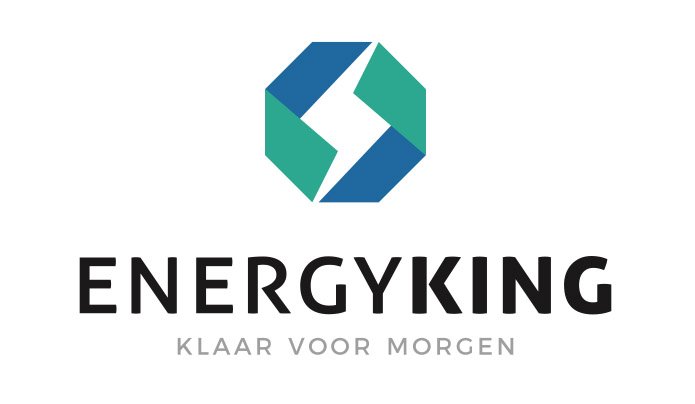The federal government has taken additional measures to mitigate the impact of rising wholesale energy market prices on Belgian households.
On 30/3/2022, the Royal Decree on this temporary reduction for residential customers of VAT on electricity, natural gas and of heat through heat networks was published.
VAT rate change
The VAT rate for electricity as well as gas will be temporarily reduced from 21% to 6%. This decision was taken by the federal government to mitigate in the short term the effects of rising prices on the energy markets for families.
- The supply of electricity was already subject to a VAT reduction from March 1 through June 2022. This was decided at the end of February. So this period is now extended through Sept. 30, 2022.
- A VAT reduction will now also be introduced for the supply of natural gas and heat through heat networks from April 1 to Sept. 30, 2022.
The reduced VAT rate applies to all components of the electricity bill on which VAT is charged (energy cost, network tariffs, taxes, surcharges and charges).
In the long term, the government wants to work out a more structural solution that offers as much flexibility and options as possible to make the energy bill modular according to the evolution of the market price, among other things.
Target
The reduced rate is granted to those customers who have not communicated a company number (assigned by CBE) to their energy supplier when the contract is concluded.
Thus, only natural persons are meant.
If the customer in question communicated a company number when entering into a contract, the ordinary VAT rate of 21% will continue to apply.
Electricity advance billing
To apply the VAT rate to advances, a distinction is made depending on the time of invoicing:
- Advances billed or charged up to and including March 31, 2022 are charged at the normal rate of 21% even if all or part of them relate to a supply of electricity from March 1, 2022. This will be regularized in the final bill.
- Advances billed or charged from April 1, 2022 through September 30, 2022 are charged at 6%, even if they relate in whole or in part to the supply of electricity from October 1, 2022.
- Advances billed or charged from Oct. 1, 2022 will be charged at the standard rate of 21%.
Billing advances natural gas
Regarding advances, the legislature provides some flexibility:
- The invoiced or charged advances relating to the supply of natural gas and heat via heat networks for the month of April 2022 may still be charged at VAT 21% or at VAT 6%. This depends on the operational readiness/cycle of the supplier concerned. If 21% is still mentioned on the invoice, this will be correctly regularized via the final invoice.
- Advances billed or charged from May 1, 2022 through Sept. 30, 2022 will be charged at 6%, even if they relate in whole or in part to the supply of natural gas or heat through heat networks from Oct. 1, 2022.
- Advances billed or charged from Oct. 1, 2022 will be charged at the standard rate of 21%.
Settlement and final invoice: distinctive VAT rate per VAT period
The energy supplier determines the consumption per VAT period for the settlement and final invoice. We distinguish the following VAT periods, per energy carrier:
Supply natural gas and heat through heat networks:
- 6% VAT on consumption between April 1 and September 30, 2022
- 21% VAT on consumption before April 1 and after September 30, 2022
Supply of electricity
- 6% VAT on consumption between March 1 and September 30, 2022
- 21% VAT on consumption before March 1 and after September 30, 2022
For most customers, who are billed on an annual basis in accordance with regulations, the meter data of annual consumption are not available to the supplier. Their annual consumption is therefore calculated based on consumption profiles that are current in the energy market and appropriate for a particular type of customer.
These profiles are publicly available on the Synergrid Profiles 2022 website (synergrid.be).
This reversal of annual consumption based on profiles applies to those who have a conventional meter or those who have a digital meter and did not opt for monthly billing. This is in line with current market forces. Also for a digital meter, the profile is used unless there is an actual monthly meter reading that is used in the billing.
The same consumption profiles as for natural gas are applied for the supply of heat.
SOURCE: FEBEG





